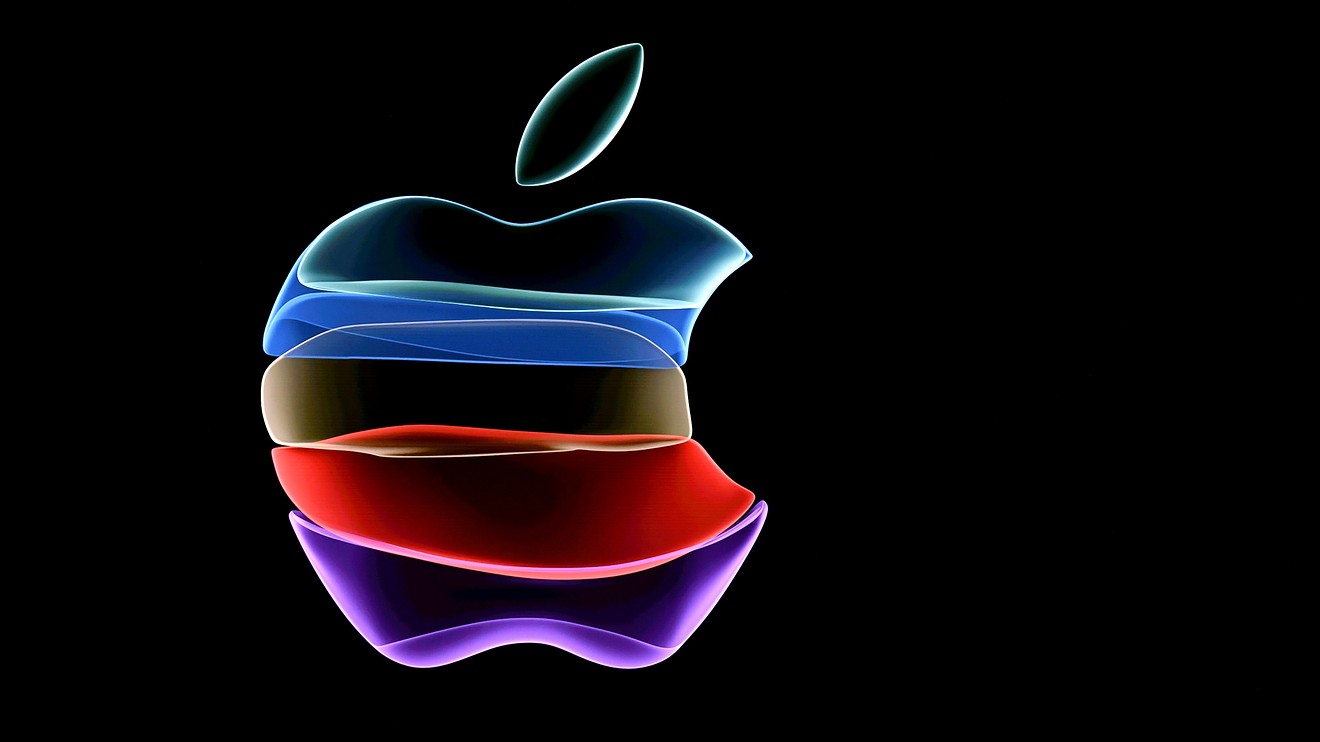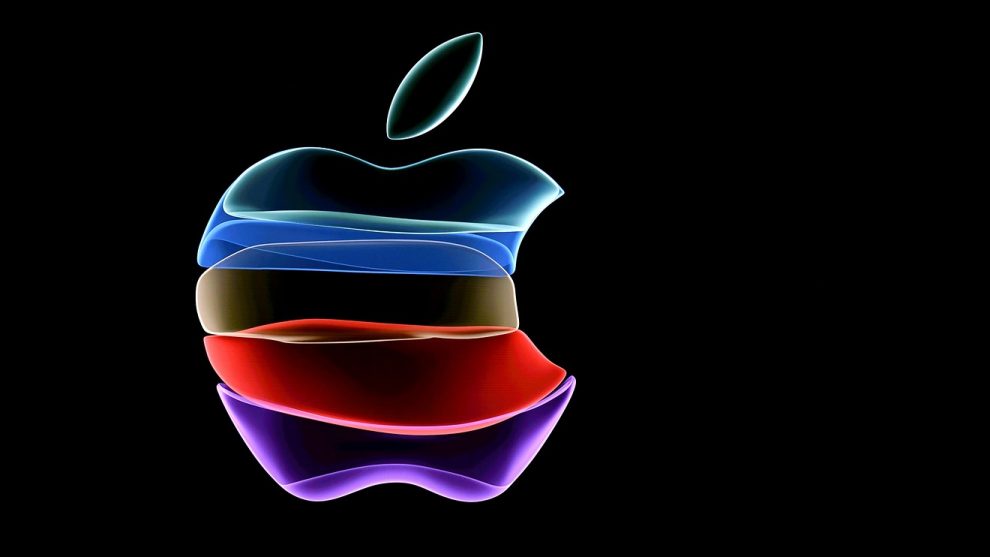
Apple Inc. reported Thursday that profits slipped slightly but sales grew amid the spread of COVID-19, and promised investors billions more in stock repurchases and dividends.
The company topped earnings and revenue expectations for the March quarter, led by a sizable beat for the company’s services segment, but declined to give a forecast for the current quarter due to the uncertainties brought on by COVID-19. Apple AAPL, +2.11% also announced that it would be boosting its buyback program by $50 billion, though this was a smaller increase than the $75 billion and $100 billion that it added to the program in 2019 and 2018, respectively.
The iPhone maker posted fiscal second-quarter net income of $11.25 billion, or $2.55 a share, down slightly from $11.56 billion, or $2.46 a share, a year prior, but easily higher than estimates as the FactSet consensus modeled $2.24 a share. Apple’s total revenue grew slightly to $58.31 billion from $58.02 billion, while analysts were expecting $54.78 billion.
Apple’s stock is off 2.6% in premarket trading Friday. Shares of Apple have declined 9% over the past three months, as the Dow Jones Industrial Average DJIA, -1.17%, which counts Apple as a component, has fallen 16%.
See more: Can Apple make new iPhones while dealing with coronavirus, and who will buy them?
Apple began to see supply and demand issues emerge in China during February, and those demand issues became more global in March. Chief Executive Tim Cook said that Apple’s production “was back at typical levels toward the end of March” in a conference call Thursday afternoon.
While foot traffic to stores in China “is obviously up from where it was in February,” it’s not back to levels from before the lockdowns began, Cook said.
iPhone revenue dropped relative to a year earlier and Chief Financial Officer Luca Maestri told investors to brace for worse year-over-year sales performance in the June quarter. March-quarter iPhone sales fell to $28.96 billion from $31.05 billion a year prior as the COVID-19 outbreak forced the closure of stores outside China starting March 13. The FactSet consensus was for $28.39 billion.
Don’t miss: Amazon says it may lose money while spending on coronavirus response, stock sinks in late trading
Apple’s lower-cost iPhone SE became available toward the end of April and Cook said that the company has seen “strong customer response” from some shoppers who wanted updated technology in a smaller form factor and from individuals switching over from devices running on Alphabet Inc.’s GOOGL, +0.33% GOOG, +0.53% Android operating system. Cook indicated that he hasn’t seen consumers “buying down” and choosing this less expensive device due to economic concerns.
Revenue from wearables, accessories and other products grew to $6.28 billion from $5.13 billion but came in below the $7.05 billion analysts had been modeling. Maestri said to anticipate worsening year-over-year performance in that segment as well, though he expects year-over-year trends could improve for the iPad and Mac as those categories continue to benefit from remote work and schooling.
Revenue from iPads fell to $4.37 billion from $4.87 billion, while analysts were expecting $4.28 billion. The company generated $5.35 billion in sales from the Mac category, down from $5.51 billion a year prior and above the FactSet consensus of $5.26 billion.
The services story is somewhat mixed despite fast growth for the category, which generated $13.35 billion in revenue, up from $11.45 billion a year earlier. Analysts were expecting $12.85 billion in revenue for the segment. The company anticipates that services like Apple Music, the App Store, video, and cloud services will continue their strong performance through the June quarter, while Apple Care and advertising could experience weakness.
The company’s ad business, which includes Apple News and App Store ads, “has been impacted by overall economic weakness and uncertainty on when businesses will reopen,” Maestri said.
Maestri defended the company’s decision to add $50 billion to its buyback program despite more sizable increases the past two years. The company hopes to winnow down its net-cash balance, which stood at about $83 billion as of this latest report.
“As you look at our run rate during the last several years, you know that that is a very adequate amount,” he said in response to a question from an analyst. The company has about $40 billion remaining of its prior authorization.
He commented that “nothing has changed on our approach to M&A,” addressing a question about whether Apple would deploy its balance sheet more aggressively for deals given the current economic climate.
As part of its annual capital-return update, Apple announced it would also increase its quarterly dividend by 6% to 82 cents a share. The company upped its dividend 5% in 2019 and 16% in 2018.
Apple “has historically been very opportunistic with buybacks,” Evercore ISI analyst Amit Daryanani wrote prior to the report. He expected Apple to boost its buyback program by $75 billion to $100 billion, which he said would be “a logical decision given how attractive the current stock price is.”






